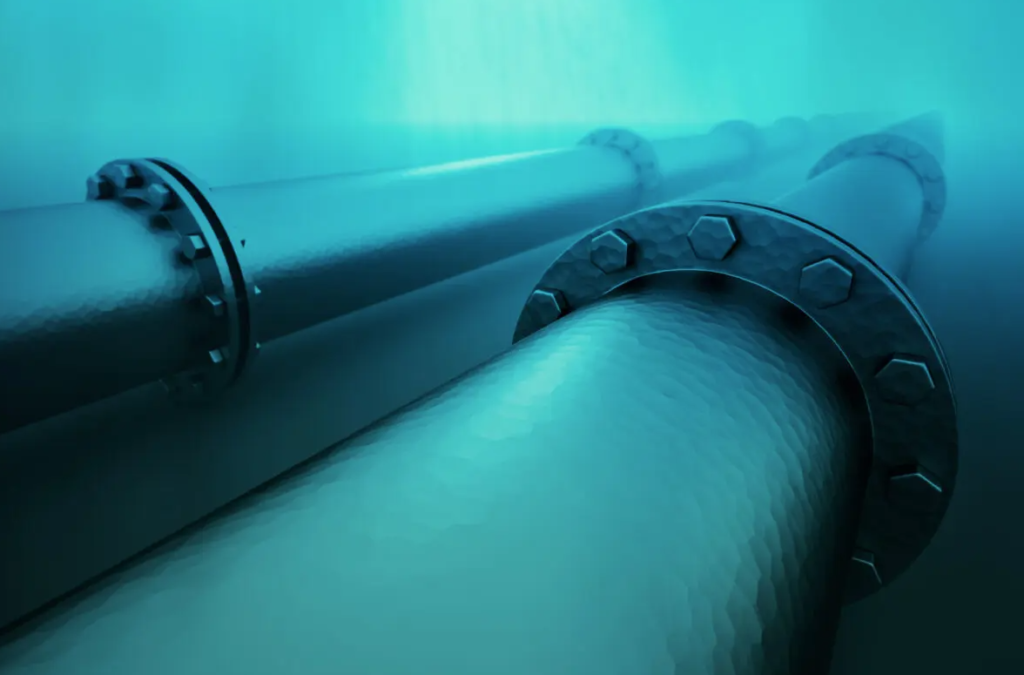Offshore hydrogen, cheaper than onshore?
(sustainabilityenvironment.com) – Offshore hydrogen production is crucial to meet the future increase in European carrier demand. In the waters of the Old Continent there is, in fact, a high potential still to be exploited. This is explained by the new study “Specification of a European Offshore Hydrogen Backbone“, commissioned to DNV by the operators GASCADE and Fluxys. The authors analysed whether and how hydrogen production can be a viable alternative to transport the energy generated by wind farms at sea to land. The picture that emerges rewards some options and reveals that in Northern Europe waters there is a potential of 300 TWh per year for offshore hydrogen production.
“The EU expects climate-neutral hydrogen demand to reach 2,000 TWh by 2050,” says GASCADE CEO Ulrich Benterbusch. “DNV estimates that there is potential to produce 300 TWh of hydrogen using electricity from offshore wind farms in the North Sea by 2050. It also believes that this is a cheaper option than onshore electrolysis but also the transport of electricity from wind farms to the mainland“.
“What we see is that the areas located over 100 km from the coast offer lower level production costs,” explains Claas Hülsen, Regional Advisory Business Development Director for Energy Systems at DNV. “At this distance, per unit of energy costs more to carry electricity than hydrogen”.
A network for marine hydrogen
The study highlights the advantages of building a hydrogen backbone in the North Sea and the Baltic Sea: a pipeline network dedicated to the 4,200-kilometre-long carrier linking Germany, Belgium, Great Britain, Denmark, Norway and the Netherlands. In detail, draw two different pictures based on the location:
- For the North Sea, a large area meets the criterion of 100 km. In order to land offshore hydrogen, a mesh pipeline link could connect production sites sensibly to the existing onshore pipeline network.
- The situation is quite different in the Baltic Sea region, where fewer areas currently meet the 100 km criterion. “However, if Sweden and Finland decide to produce hydrogen on a large scale and transport it to the centers of demand in southern Europe, a combined pipeline is likely to make sense there too“.
To further optimize this supply chain, the authors suggest storing up to 30% of the hydrogen produced in salt caves to efficiently increase the flexibility of the system. According to the initial calculations of DNV it would be possible to obtain a cost of H2 of 4,69-4,97 euro/kg with an investment in the infrastructure of 35-52 billion euro (including underground storage).

